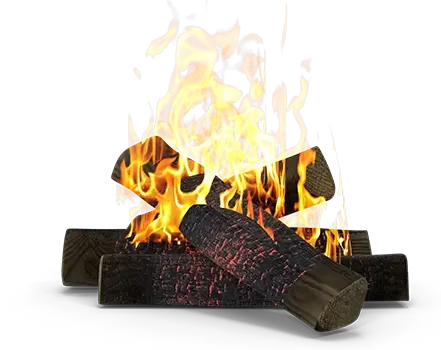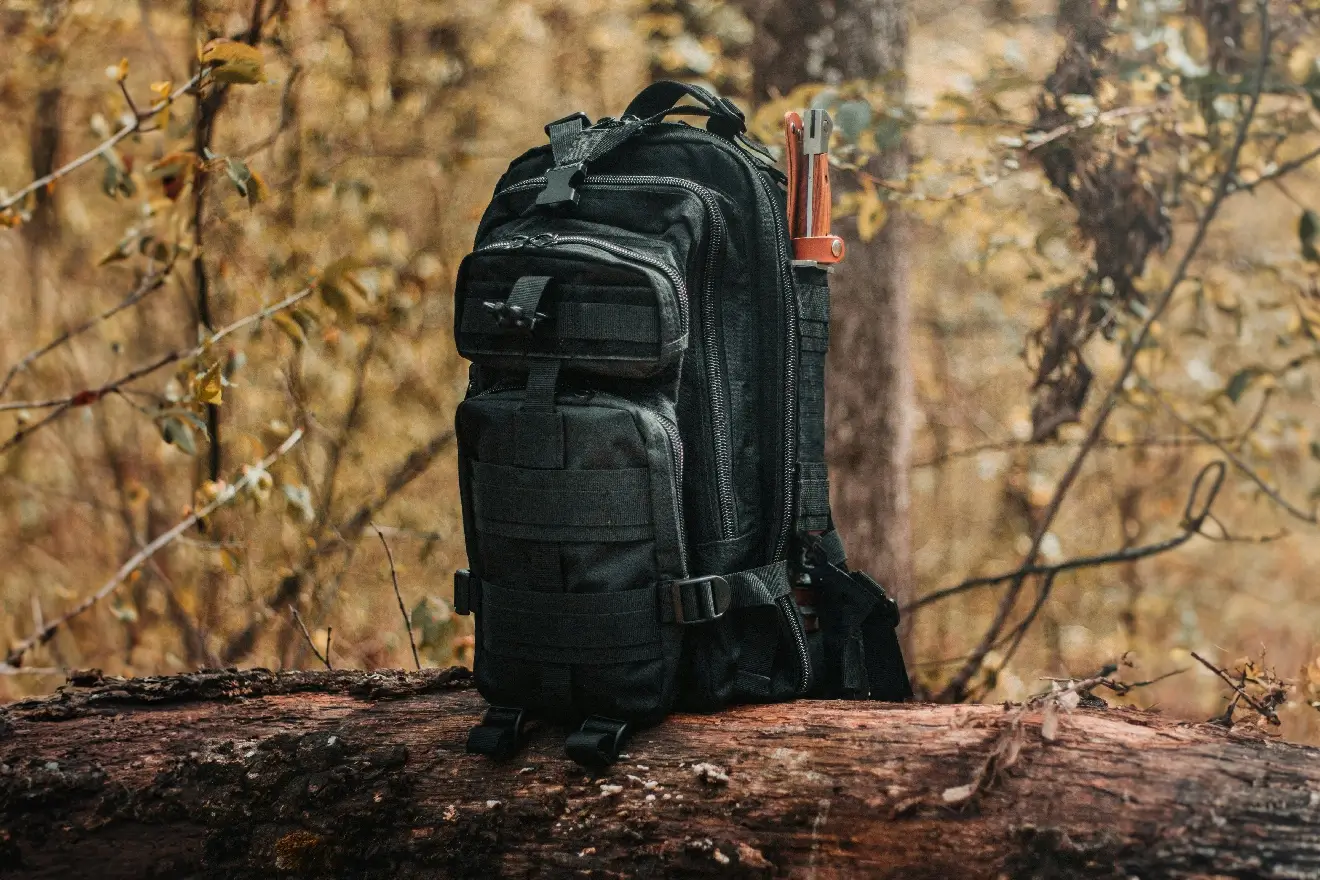You may have heard the term “Get Home Bag” and sometimes it is also referred to as a “Bolt bag,” but what exactly does it mean? A Get Home Bag is similar to a Bugout Bag but more streamlined and basic built for a different purpose.
Your Get Home Bag
Your Get Home Bag is usually kept in your vehicle in case you are out of the house and something happens where your car is no longer functioning as it should. It’s meant to give you the supplies needed for the challenge ahead.
This bag should be lightweight and easy to carry for you to get ensure you arrive at a safe location. Having multiple bolt bags for yourself and your family specifically designed for each member is an excellent way to go, so you don’t have to overstuff your own.
Some essential Get Home Bag items that should be stored in the bag are listed below. Depending on where you live and where you find yourself, some items have more of a use case than others.
- IFAK and First Aid Kit (Boo Boo Kit)
- Water purifying options (tabs, bottle, gravity filter)
- Food (MREs, snacks, anything to help you get home)
- Extra Ammo (for any weapon you have for this case, plus some spare parts)
- Fire starters and Light source (Flash Light, Headlamp)
- Comms device (backup phone or radio)
- Batteries (for whatever electronics you have, radio, lights, phone charger)
- Poncho and an emergency tarp
- Map/GPS (depending on where you are at)
Some optional items but valuable:
- Lock picking kit
- Change of clothes (if evasion is necessary, plus being able to change your socks)
IFAKs and First Aid Kits
This needs to be an introduction on why this is a crucial item in your bag besides the fact that this is life-saving for you and possibly anyone else with you when you need it. Having a solid IFAK for this situation is critical because you must have the proper medical equipment to get home safely. The lesser brother of the IFAK is the First Aid kit. The first aid kit is just a standard kit for cuts and scrapes. Having both of these with you will save you a lot of pain in the long run. Having some amounts of ibuprofen, aspirin, and even small packets of hand sanitizer to keep your mitts clean and your pain minimal will help push you further and ensure you have your prescribed medicine to keep you alive and walking. But like anything else, having training on your items in your IFAK will make you more capable.
A fast rundown of the items in an IFAK
- Tourniquet
- Chest Seals
- Packing Gauze
- Trauma Bandage
- Gloves
There are only a few things in the IFAK you would be able to use on yourself, such as the gauze, trauma bandage, and tourniquet, but hey, having them and having someone find you and help you is a hell of a better chance of living than someone seeing you and you having nothing to be used. Gives you more of a fighting chance.
Water Purifying Equipment
You can go three weeks without food, as long as you have water and three days without water. You’re better off having loads of water than food because the cramping that comes with no water is a living hell. That said, many options exist to get more water wherever you are. Many of the options can be used in rural or urban areas. Combine them with a Sillcock key in a city, and you can carry fresh water from any tap you can find and open. But running them through a purification process (even a few times) doesn’t hurt. Having a solid electrolyte powder with potassium, salt, and sugar in the water will help you stave off cramping.
These items listed are to give you an idea of what you can use and how you want to implement them if they apply to you, and where you usually find yourself.
- Sawyer Squeeze (a collapsible bag, filter, straw, and cleaning syringe)
- Geo Press (2-part bottle where you put dirty water in and press the other part down to filter water)
- Gravity filter
- Iodine tablets
- Life Straw
- Camping stove kit (to boil water even, but you will be carrying more)
Food
Food isn’t as important as water, but in this case, you may be in a situation where you don’t have a clear path home, and you may find yourself stuck outside for a few days or longer, having a tasty calorie-dense food supply on you will make it more bearable. The emergency food you carry on you is your preference and what you think you would need to survive. MREs are a simple choice because they can be packed down smaller, broken up into snacks and meals, and eaten cold if needed. Plus, they clog you up, so you’re not finding yourself in a crappy situation. If you don’t want to carry MREs, you can do anything; I recommend food that doesn’t need to be cooked or has water added. Saves on time and equipment. Having some sweats and salty snacks will go a long way; the sweats are more of a moral boost than your electrolytes. Just water will help, but not having sugar and salt won’t help with cramping up. The more you sweat, the more of those vital minerals get pushed out, so your body will start seizing up.
Extra Ammo
This is a simple section on having extra Ammo if you carry a firearm. Having the capability to defend yourself is essential, especially when you find yourself having to hump home. You don’t know what will be thrown at you. So, having more Ammo for your weapon is always a good thing. During stressful situations, you are only sometimes going to be able to land your shots 100% of the time. Unless you have some solid training and experience, which is the importance of training, you may not be some high-speed, low-drag, bang, and clang dude, but at least you can train while you can to help yourself and your family be safe and efficient.
Fire Starters and Lights
Fire starters and lights are helpful in both Urban and Rural areas. Lights are for the obvious, lighting your way, and the fire starters are used for, well, starting fires. Need a diversion? Set a car on fire. Need some heat? Create a covert campfire. Have to go through a building at night, and there’s no power? Good thing you have a flashlight. Sometimes, having something you may not need is better than “I wish I had it.”
Backup Communication devices and extra batteries
Your phone isn’t always going to have a full charge when you need it, and the phone signals won’t always be able to place your call—having fallbacks in place to use a simple hand radio with your family and friends. Radios depend on the area and will be harder to reach anyone in a dense environment, but they can also be used to listen to the news and weather. The extra batteries and portable chargers will keep your electronics running and any optics working while you make it back.
Poncho and Emergency Tarp
A poncho and an emergency tarp will make setting up a shelter a cakewalk. You will only sometimes be in a dry building, but you can get close to it. Some ponchos even double up as a tarp where you can have two in one. But since both pack down into nearly nothing, having both can save you from you and your gear being soaked.
MAP/GPS
So you find yourself having to get home, but do you know where you are at? Do you have any maps, a compass, or a GPS? Is your phone able to get a signal? These are valid thoughts if you have thought about a situation like this. Maps and compasses don’t go out of style but only work if you know how to use them properly. Your phone has a GPS, but how reliable is it in a dense city and even in the middle of nowhere? Having a dedicated GPS device with pre-logged locations for you to head to makes navigation much more accessible. Combining that with a map, you can use the map on the GPS and the actual map to reference each other to better understand where you’re at and headed. In my personal experience, I used my dedicated Sonim phone with an app called Organic Maps to help me find my way to a campsite in the middle of the forest a few times. Having a few options and being experienced in both is better than gambling on one.
The Optional
The two options listed are a lock pick kit and extra clothes. Lock picking kit for more urban environments because you may need to quietly get in or out of a building. However, practicing using the kit is essential to do it quickly, especially if you are in an evading situation. The extra clothes can be used for evasion circumstances and hygiene. You want to avoid being soaked for extended hours and get trench foot if it rains. Especially if you think about where you typically are and it’s a multiple-day trek to get back, the clothes will help, at the very least, the change of socks.
Having a Get Home Bag is an idea that anyone who wants to be prepared has to get home safe. You don’t get to choose where you’re at when things go south out of nowhere, but being able to cover your bases as best as you can and combine that with training and testing of gear, you have a better chance than anyone who never did a day of camping or hiking in their life.







